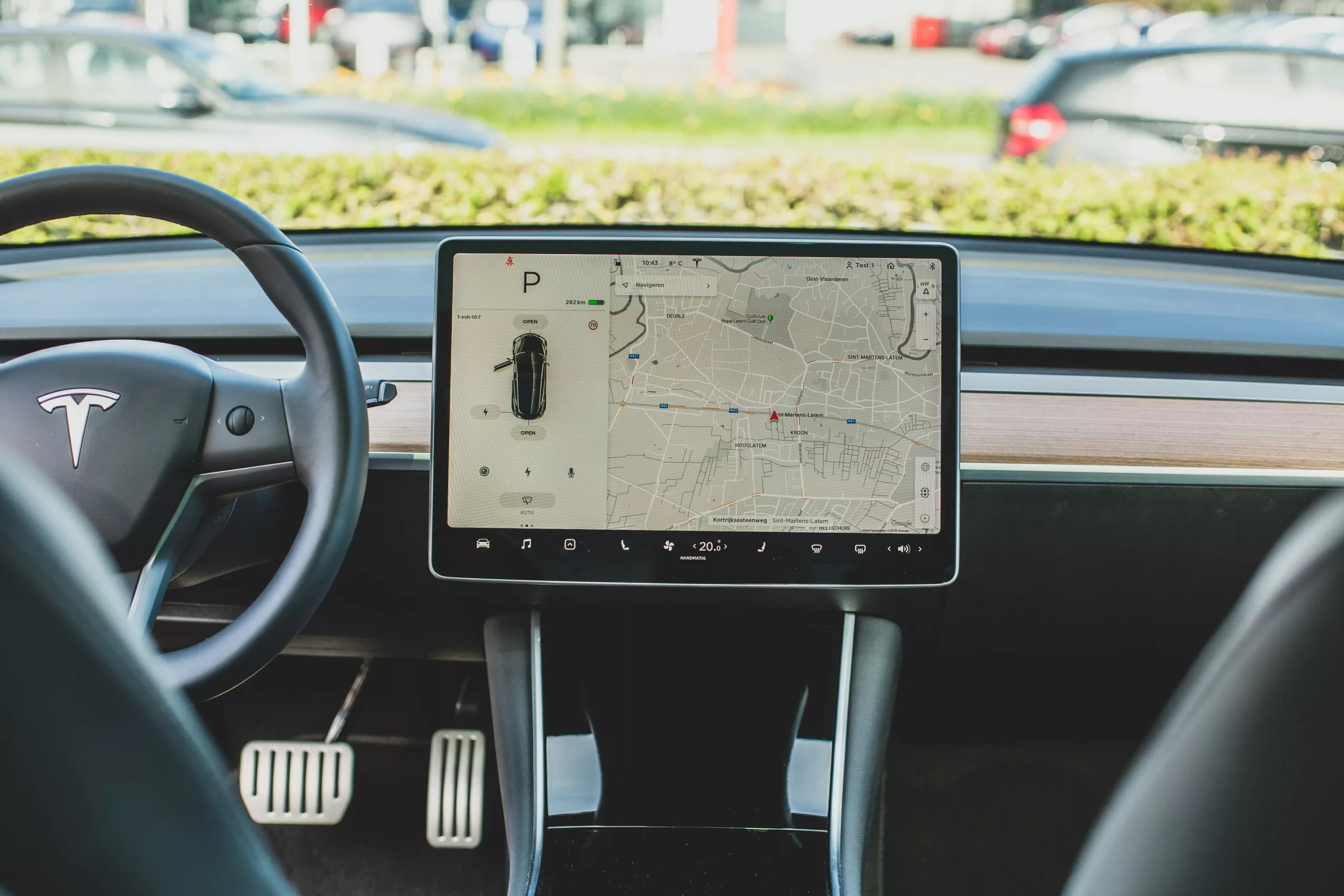Tesla‘s push towards achieving Full Self-Driving (FSD) capabilities is at the forefront of its strategy, with CEO Elon Musk leading the charge. The promise of FSD is pivotal for Tesla’s valuation and investor confidence, showcasing the company’s potential to redefine autonomous travel. Tesla’s electric vehicles (EVs), known for their minimalist design, large touchscreens, expansive charging network, and exceptional performance, have already made a significant impact on the march towards electrified transportation.
However, Tesla’s journey has not been without its hurdles. Delays in new model deliveries, missed battery production goals, and the unrealized potential of the Tesla Semi have marked the company’s path. Despite the emergence of rival EVs stirring predictions of Tesla’s market dominance waning, the bigger question remains: Can Tesla sustain its growth without a more affordable vehicle option or a groundbreaking advancement in autonomous technology to support its lofty market capitalization?
Exploring Tesla’s Struggle Towards FSD Technology
Musk, affectionately nicknamed the “Technoking”, considers Tesla’s vast pool of driving data as the company’s most prized asset. This data, collected from millions of Tesla vehicles, could potentially pave the way for the company to triumph in the race to deploy full-scale autonomous driving. Nevertheless, Tesla’s progress in FSD continues to face scrutiny from regulators, as demonstrated by recent inquiries from the National Highway Traffic Safety Administration (NHTSA). The agency’s request for detailed FSD usage information highlights the ongoing challenges Tesla faces in meeting regulatory expectations and the automotive industry’s safety standards.
The Competitive Landscape in Autonomous Driving Technology
The road to perfecting self-driving technology is fraught with setbacks, a reality that has affected many firms in the automotive and tech sectors. High-profile incidents, such as Uber’s tragic autonomous vehicle accident, have cast a shadow over the development of these technologies. Arguably, companies like Waymo and several startups continue to make strides in autonomous driving, albeit without explosive growth. The landscape raises reasonable skepticism about the near-term realization of fully autonomous robotaxis, putting Tesla’s ambitions under a similar microscope.
Tesla’s Pivotal Decisions and the Future of EV Charging Infrastructure
Recent moves by Tesla, such as the surprising layoff of most of their Supercharger team, have invited speculation about the company’s strategic direction. The industry ponders how EV adoption might be affected without Tesla’s robust charging network and whether other entities will step in to bridge the gap. This shakeup comes at a time when Tesla shareholders are preparing for an annual meeting that will inevitably focus on Musk’s leadership, his compensation, and the effectiveness of Tesla’s board.
The Quest for Autonomy and the Reality of Driverless Futures
As the world contemplates a future dotted with autonomous vehicles, representations in popular culture, like the Amazon Prime show “The Upload”, offer a glimpse into what life with self-driving cars could be like. As thought-provoking as these portrayals are, real questions about the practicality, safety, and timeframe for deploying technologies similar to Tesla’s envisioned Robotaxi service remain unanswered. With investors and enthusiasts watching closely, Tesla’s FSD journey is not just about the technology but also the broader impact on mobility and the company’s long-term success.
